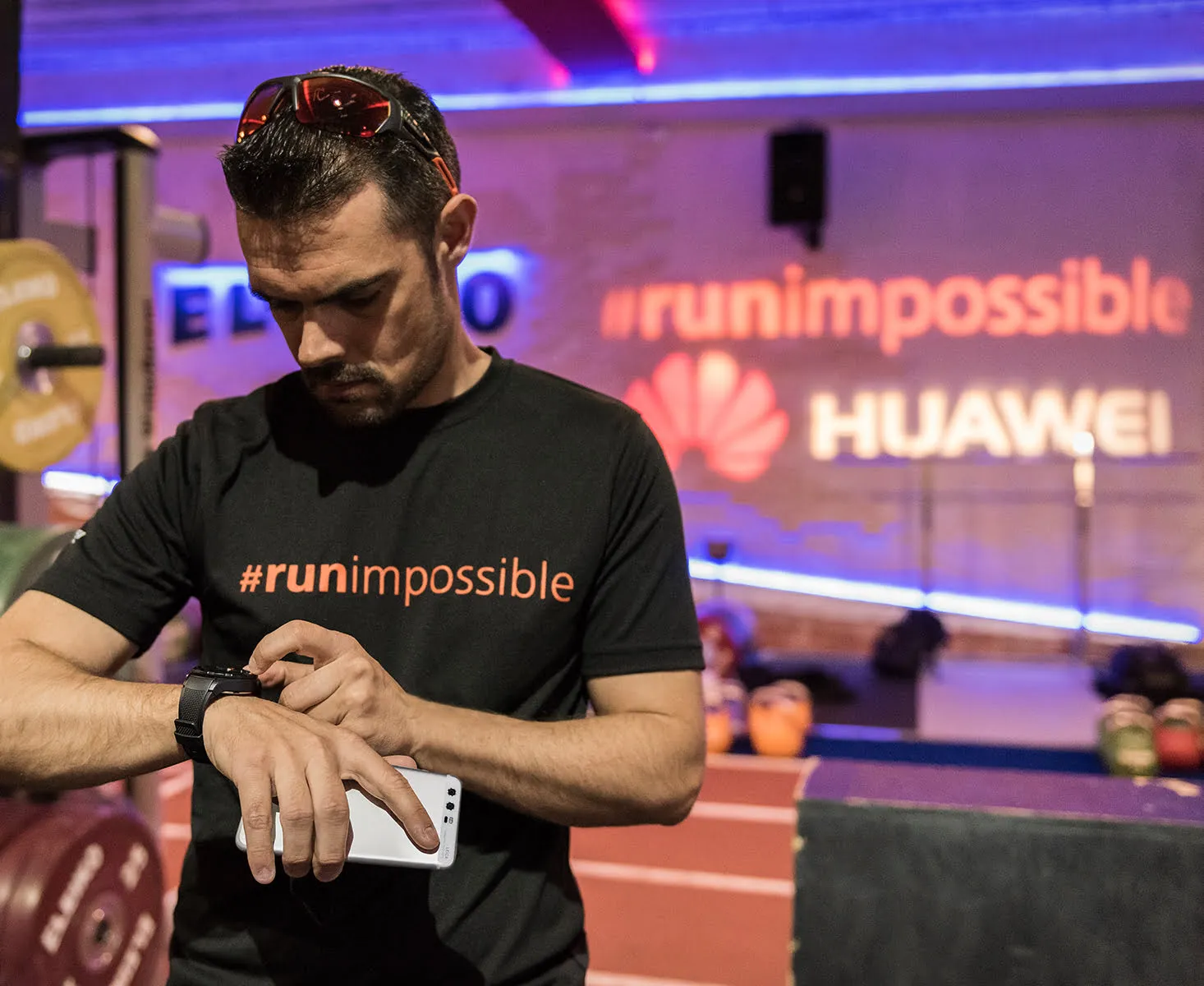Everywhere you look, brand activations abound. Pop-up shops, festival activations, immersive VR experiences – in the modern era, experiential marketing tactics have become a part of our everyday lives.
And as a multitude of brands gain traction and attention for using experiential to create deeper connections with consumers, tech companies may be left scratching their heads. How can a business that exists in the intangible online world create brand-relevant, in-person activations for consumers?
And while there are many ways for ecommerce and service brands to engage consumers in real life, there are ways to evoke experiential marketing tactics outside of a physical brand experience. Companies need only broaden their perspective.
Technology brands, in many respects, are rooted in delivering a personal experience. Whether you are browsing Netflix for movies or using Hootsuite to track marketing engagement, each tech platform offers a unique interaction between the user and the brand. And sometimes it’s the UX alone within an app, website, or digital medium that convinces consumers to choose one platform over the other.
By incorporating proven experiential marketing tactics into the UX, tech brands of all sizes can differentiate themselves and build better customer relationships while driving acquisition and reducing attrition. Below are three ways that tech companies can incorporate experiential into the UX for improved results.
#1: Prioritize customer opinions and foster a meaningful (and ongoing) dialogue
One of the most significant benefits of experiential is a brand’s ability to create a 2-way conversation with consumers. Experiential is revolutionary in the way that it shifts “talk to” traditional marketing to “talk with” consumer-participatory marketing. However, it is possible to translate this open feedback model into a digital space. By creating an environment of mutual interest, brands can increase consumer engagement and buy-in, all while conveying a sense of authenticity.
Tech companies should ensure that they are including consumers in the conversation. This will include input about products and services, but also about corporate initiatives, such as causes to support. Not only will you collect important data, consumers will feel valued and have a sense of ownership of the brand. But don’t make your feedback mechanism boring and, when you can, offer them a kick-back for helping out. For example, in lieu of surveys, consider social media feedback campaigns that surround contests or giveaways.

#2: Become the center of your business community
A brand activation often serves as a gathering place for existing and fledgling brand fans and advocates. Through the brand experience, they are given the opportunity to not only bond with the brand, but with each other. And while building a brand community can start anywhere, it’s important for brands to think beyond marketing and understand the importance of serving the people in the community, not just selling to them.
A great example of a tech company with an enthusiastic and vocal community is HubSpot. The software company began its community-first inbound strategy more than 10 years ago, when it sought to provide the business community – not just its customers – with high-quality content related to marketing strategy and success. By becoming a centralized hub where its target consumers gathered information and interacted, it was successful in converting many of those people into customers. From there, they expanded their strategy to include local HUGs (HubSpot User Groups) and their yearly marketing conference, Inbound, which in 2018 hosted more than 24,000 marketing professionals. And while HubSpot continues to be a wealth of valuable marketing information, it is its brand fandom that truly defines the company.

#3. Stop being so serious and have some fun
Let’s face it – the technology industry is not known for its lighthearted approach to business. These brands can be perceived as overly technical and hyper-focused on their niche. Or, even worse, as having no personality at all. Which isn’t helpful, especially when we consider the psychology of brand personality. “Like it or not, we interact with brands on a deeply personal level…We defend those brands with whom we identify and denounce those to whom we object.”
Tech companies that can differentiate themselves as likable and with a rich persona can see a significant advantage. And it is here that an experiential approach can be helpful. Brand experiences are fun. They expand the consumer’s view of the company and personify the brand itself. By using experience-driven tactics to communicate brand personality throughout the UX, tech companies can create loyalty outside of their primary offering.
Start with using language and imagery to communicate your company’s persona throughout the UX. Then get experiential. Incorporate games, quizzes, and other interactive elements that keep people engaged. Run a social media photo contest, then include consumer photos on your website and social channels. Companies can also use special offers or giveaways as an opportunity to gather consumer data or drive sales. Another way to help consumers experience your company? Go all in on video. And, if you’re extra brave, add a live-stream of your team at work in your offices (call it extreme transparency).
Experiential marketing tactics can be used anywhere
If you can’t physically interact with consumers on a day-to-day basis, boost your user experience through experiential tactics. By infusing interactive elements and brand personality into your consumer engagement approach, experiential can help tech companies nurture a meaningful, personal connection with their audience.







